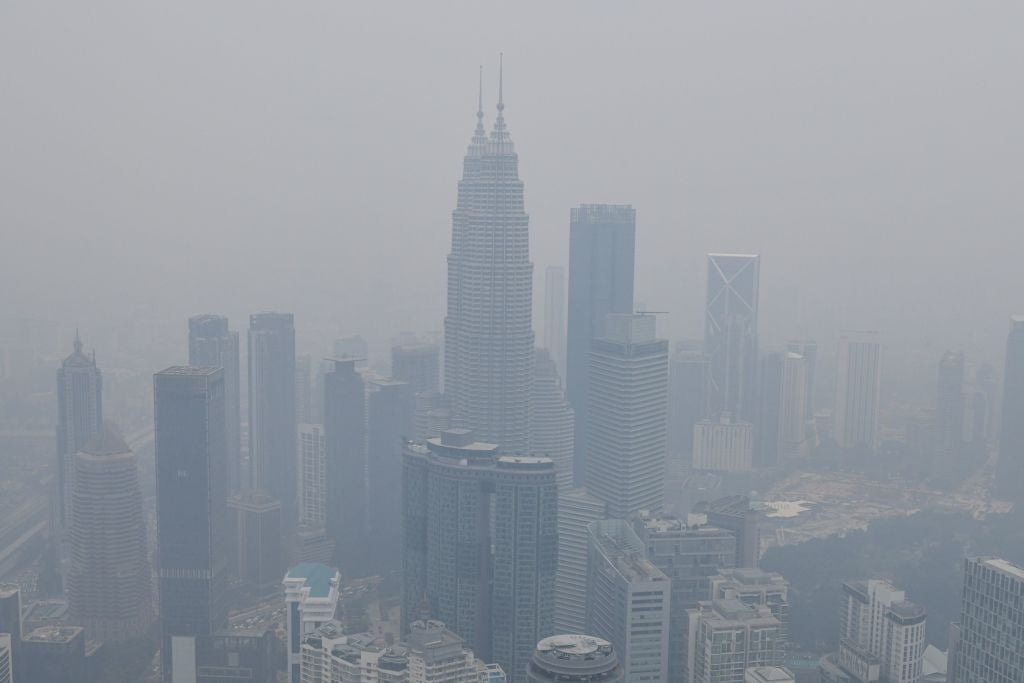In the lead-up to COP28, Malaysia is hosting the Asia Pacific Climate Week this week to discuss ways to reduce global emissions. However, Malaysia, as an upper-middle income nation, faces a distinct set of challenges in its own net-zero transition: it does not have the fiscal resources of an advanced economy like Japan or Singapore, nor is it eligible for foreign aid via vehicles like the Just Energy Transition Partnership (JETP), which benefits countries like Indonesia and Vietnam. It is also a large consumer of fossil fuels, primarily for power generation and transportation.
Malaysia has substantial potential for renewable energy development, specifically in solar PV (due to abundant solar irradiance), hydroelectric power (due to lots of rainfall) and bioenergy (due to rich soil fertility). Additionally, Malaysia has a large and successful hydrocarbon sector, anchored in the activities of the national petroleum company, Petroliam Nasional Berhad (Petronas), and the national utility, Tenaga Nasional Berhad.
Therefore, Malaysia needs to find its own path to net zero. Towards that goal, the country recently announced a National Energy Transition Roadmap (NETR), or national energy plan, which sets a net-zero target by 2050. Observers and industry players had been waiting for a clear policy and national direction for the energy sector. However, the NETR largely looks like business as usual and will complicate Malaysia’s path to net zero at a time when it needs to speed up its decarbonisation.
On 27 July, Malaysia finally launched Phase 1 of the NETR, creating a mood of anticipation and optimism. Phase 1 outlines ten flagship catalytic projects and initiatives that focus on the transition from a fossil fuel-intensive to low-carbon nation. It includes initiatives dedicated to energy efficiency, renewables, hydrogen, energy storage and carbon capture. With its commitment to achieving net zero by 2050, the Ministry of Economy sets a target of 70% renewables in the electricity mix.
However, the NETR’s strategy appears to be focused first and foremost on repurposing available assets built for fossil fuels, with a plan to switch coal and gas to bioenergy and hydrogen. Initiatives for the development of bioenergy and hydrogen include bio clustering – the creation of centralised biomass plants using aggregated feedstock from multiple neighbouring mills to further enhance biomass/biogas take-up for electricity production – co-firing, and the production of low-carbon liquid fuel for transportation.
On 29 August, Malaysia launched Phase 2 of the NETR. With its release, expectations of a rapid net-zero transition were essentially crushed. Unlike Phase 1, Phase 2 clarifies that renewable energy should make up 70% of installed capacity, but actual renewable energy generation would rise to only 20% of the electricity mix. We argue that Malaysia’s 1.5°C scenario requires 70% generation.

US Tariffs are shifting - will you react or anticipate?
Don’t let policy changes catch you off guard. Stay proactive with real-time data and expert analysis.
By GlobalDataThe other surprise in the NETR Phase 2 announcement is the emphasis on transitioning from coal to natural gas as the transition fuel of choice. The rapid depletion of domestic gas reserves within the next 15–40 years would imply an increased reliance on foreign energy imports, which risks undermining Malaysia’s energy security.
While Phase 1 of the NETR appeared to be a step in the right direction, Phase 2 aims for a slow transition to renewables, largely building on gas. While such a plan is understandable given the political influence of incumbent energy producers and likely beneficial in the short term, it risks locking Malaysia into a trajectory that makes the transition to net zero more costly and complex in the long run.
There is still a lot of work to be done for Malaysia to achieve its original target of net-zero emissions by 2050. First, it will need a clear policy direction on financing and grid enhancement to allow higher shares of renewable energy generation. Turning to natural gas as an alternative to coal is unhelpful, as it is more expensive than renewable energy and still emits large amounts of greenhouse gases. Second, Malaysia should instead look for other alternatives such as combining renewable energy with complementary technologies (batteries and pumped hydro), or even nuclear energy, to ensure a just, sustainable and secure transition.
Editor’s note: Ganesha Pillai is a senior research associate at the Center for Technology, Strategy and Sustainability at the Asia School of Business in Kuala Lumpur. He previously worked at Malaysia’s Sustainable Energy Development Authority and prior to that as part of the strategy team at SOLS Energy, a solar-focused social enterprise.






